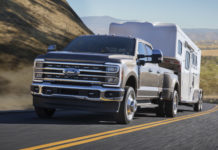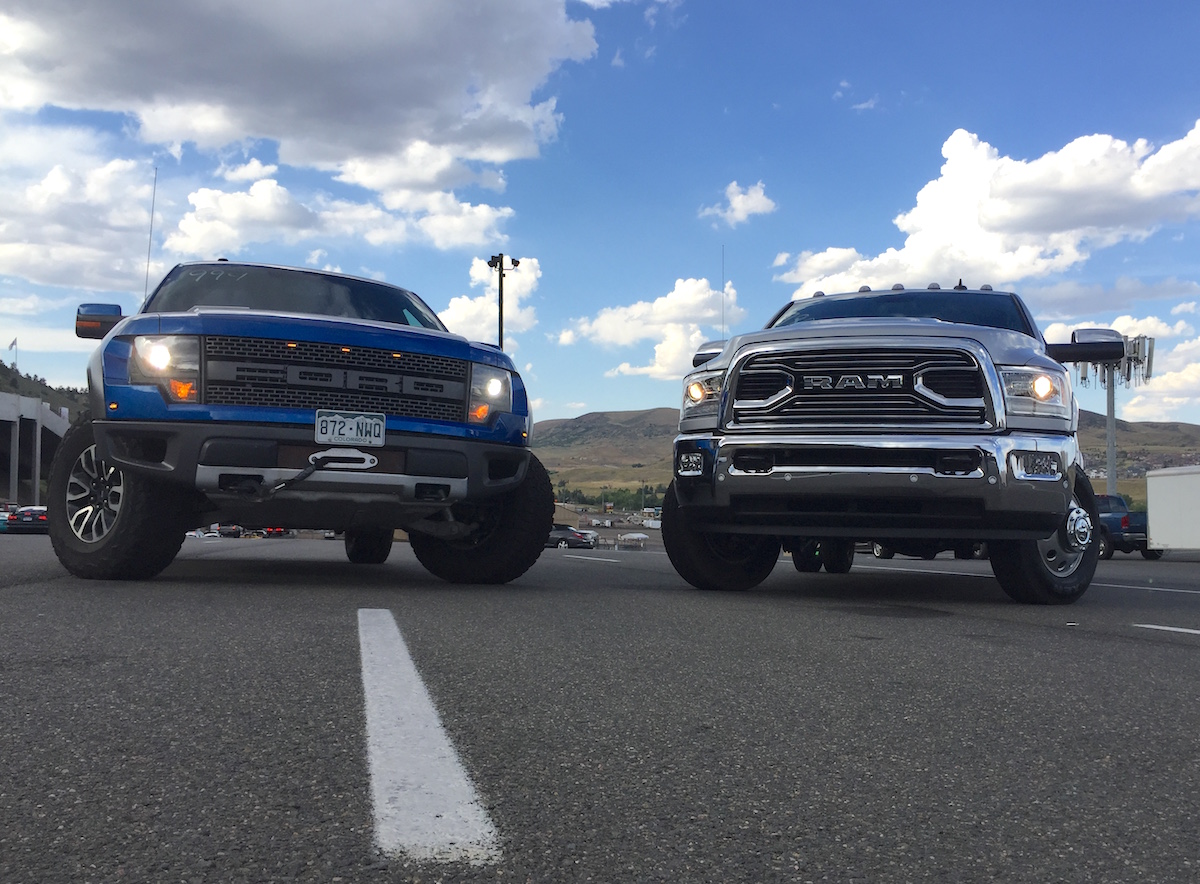
Van life may not be your cup of tea, but it’s something that can really capture the imagination, at least when it comes to thinking outside the conventional pickup/SUV box. Take Steve, for example, who owns this 2012 Ford Transit Connect shown above. Fittingly, it’s named “Woody”, and he tows a Viking pop-up camper trailer behind it.
The wood paneling is a great touch, but the issue here has to do with the body sitting lower in the front than the rear. It is a front-wheel drive van, but Steve wants to lift the van in the front to fit all-terrain tires as the stock all-seasons pick up nails, granite chips and other debris when he does go adventuring with his Transit Connect.
Here’s his full question, for context:
“So here we are — in the US this vehicle is not rated to tow. In Turkey where it was built, the towing capacity is 1,000 pounds. The Viking is 635 pounds and we keep it light. The gear is in the van. Yes, it’s underpowered like a VW Bus, but you drive it accordingly you get 23mpg loaded with the trailer.
Here is the issue: Loaded or empty, the body sits 2 inches lower on the front than the rear. I plan on going to an AT tire, stock size, due to the problem of street tires picking up nails, coral or granite chips, etc. I have had to plug street-style tires a lot. I would like to go with a max 2-inch lift on the front, to level the car. I have found strut spacers from .5″ to 2″. How much lift can I do and still be within reason for front end alignments, and not put too much stress on the front wheel drive (powertrain)?”
Our recommendation: Keep it modest
One important thing to remember when modifying something like a Transit Connect is that it’s based on a car platform. So the field to lift the van isn’t as wide as it would be for something like a full-size Transit or a Sprinter, but spacers are a straightforward option. Alternatively, you could go with longer struts paired with longer, stiffer coils to raise the van and level it out.
I tend not to go for more than an inch or so of lift just due to the process’ effect on handling. Raising the body by strut spacers also raises the van’s center of gravity, which impacts handling on the road, aerodynamics and fuel economy, and ride quality. In other words, I’d suggest going for just enough to fit the meatier tires (if you’re keeping them stock size) without rubbing, and leave it at that.
Of course, any time you modify the suspension, I’d recommend double checking the alignment and making necessary adjustments. However, a small lift using strut spacers shouldn’t unduly tax the powertrain, as long as you don’t go too crazy.
If you guys have any suggestions for Steve, let us know in the comments! If you have a question of your own, send it to us at ask@tfltruck.com and we’ll answer them in future “Ask TFL” posts.
















![Which is More Reliable: 3.5L EcoBoost or 5.0L V8? [Reader Question] Second-generation 3.5-liter EcoBoost engine](https://tfltruck.com/wp-content/uploads/2016/05/Second-generation-35-liter-EcoBoost-engine.jpg)
![Which Silverado Engine to Get: 5.3L or 6.2L V8? [Ask TFLTruck] 2016 chevy silverado](https://tfltruck.com/wp-content/uploads/2015/10/2016-chevy-silverado-grille.jpg)
